May 21, 2025 | 04:41 GMT +7
May 21, 2025 | 04:41 GMT +7
Hotline: 0913.378.918
May 21, 2025 | 04:41 GMT +7
Hotline: 0913.378.918
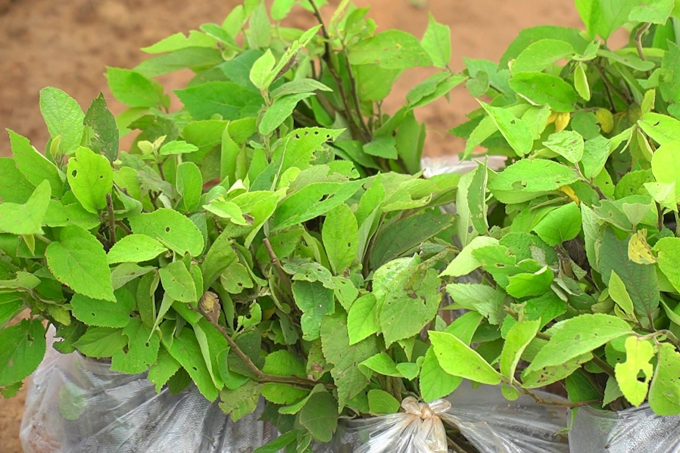
Helicteres Hirsute (An Xoa) medical herb. Photo: PV.
On April 8th, according to the leader of Cam Lo district, a shipment of about 1 ton of An Xoa medical herb extract grown by local farmers has been successfully exported to the U.S for the first time.
Previously, Cam Lo local authority, together with local people, have made great efforts in all stages from production, processing, product quality improvement to packaging, design and label issues to achieve U.S export eligibility for An Xoa medical herb extract product.
In particular, farmers have associated with AGRIDYNAMICS Vietnam Joint Stock Company in Ho Chi Minh city to carry out analyses of pharmaceutical ingredients as well as testing product quality in a very strict manner.
According to the memorandum of understanding between Cam Lo district and partners, currently, in the first six months of the year, Cam Lo will export about 1 ton of An Xoa extract per month. From 7th month onwards, when source of available materials is assured and remain stable, partners will import from 2 – 3 tons per month which worth about VND 1.7 billion per ton.
In the coming time, to ensure stable source of materials for processing An Xoa extract, Cam Lo district, together with local enterprises, have implemented experimental growing of 3.5 ha of Helicteres Hirsute in Cam Thanh, Cam Nghia and Cam Hieu communes. After that, they will expand growing areas and ensure stable source of materials for production of medical herb extract for export basing on partners’ needs.
Mr. Tran Anh Tuan, Chairman of the District People’s Committee said that, Cam Lo is one of provinces owning advantages of development of various medical herbs. However, for a long time, output for medical herb extract has been mainly within domestic market.
“After many efforts to find markets and associate with enterprises, this is the first time a product of medical herb extract of the district has successfully exported to the U.S, a positive signal for medical herb farmers of Cam Lo district in particular and Quang Tri province in general when products of farmers are accepted by fastidious markets.”, shared Mr. Tuan.
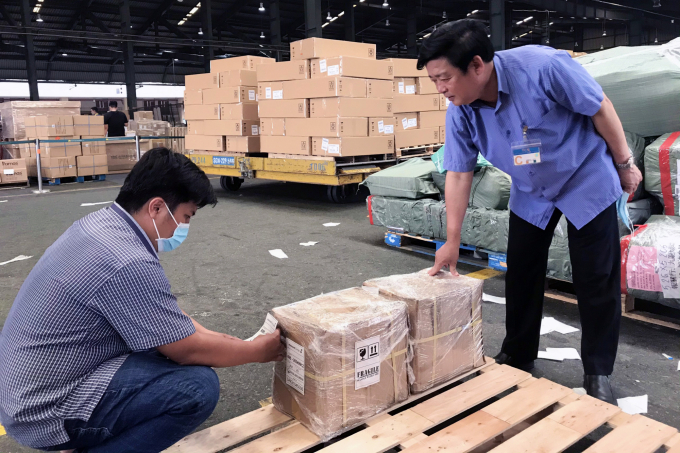
Checking batches of Quang Tri’s An Xoa medical herb extract before departing for export to the U.S. Photo: Le Truong.
According to the leader of Cam Lo, in its socio – economic development strategy, Cam Lo district determines to develop medical herbs towards strategic direction and production of concentrated material areas. At first, the district has developed about 200 hectares of materials to supply materials to medical herb extract processing units in the area, creating unique local products and building OCOP (One Commune, One Product) products.
In the coming time, Cam Lo district will focus on expanding material areas and improving product quality so as to meet consumers’ needs either in domestic or foreign markets. The district is also striving to become a center for processing and producing medical herbs in Quang Tri province.

(VAN) Oliyar, a prominent Ukrainian oil and fat manufacturer, has revealed plans to build a farm for 2.3 million laying hens in the Lviv region. The additional production quantities promise to change the competitive landscape of the egg market of the Eastern Europe region.
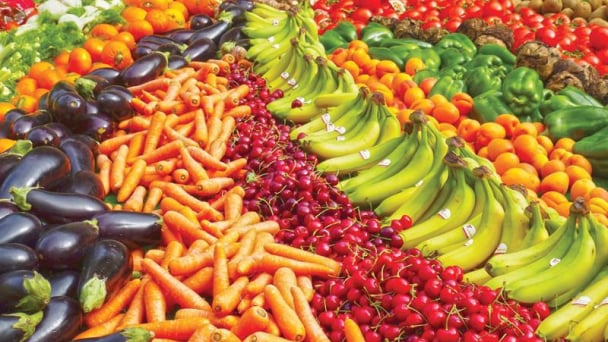
(VAN) On May 15, Ministry of Agriculture and Environment of Vietnam hosted the 'Connecting Vietnam - Germany agricultural, forestry and fishery trade' seminar in Berlin, Germany.
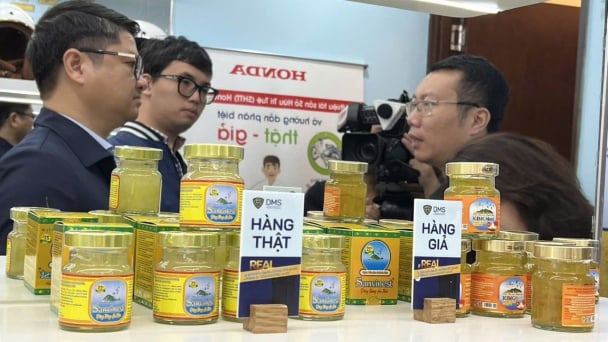
(VAN) In the face of counterfeit and imitation products, Khanh Hoa Salanganes Nest Company hopes for the prompt completion of the legal framework, strict enforcement against violations, and protection of the bird’s nest brand.

(VAN) Japan's efforts to lower the price of rice through the release of its stockpile may finally be making some progress, albeit at a snail's pace.
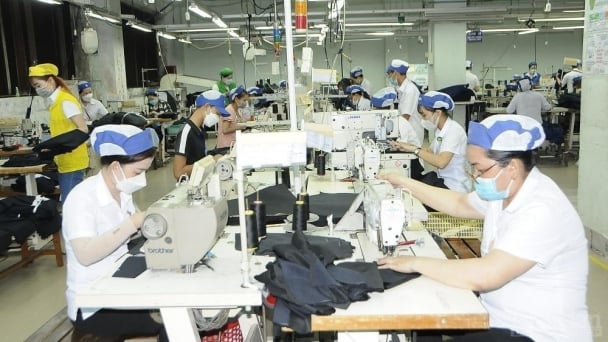
(VAN) U.S. tariffs are not only a 'shock', but also an opportunity for Vietnamese businesses to renew their mindset toward comprehensive development.

(VAN) As Bac Giang lychee enters the harvest season, Minister Do Duc Duy expects that the fruit will contribute greatly to agricultural exports due to standardized production and deep processing.
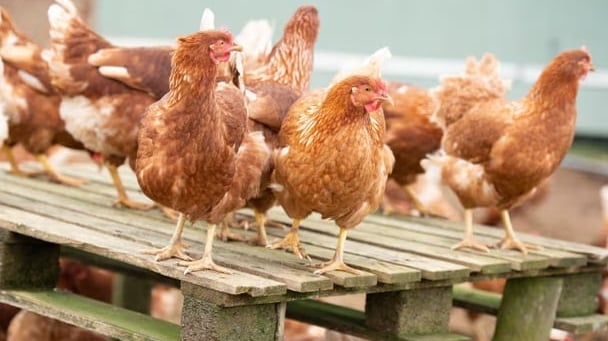
(VAN) Consumers have shown a preference for free-range eggs, but those farming systems are more vulnerable to biosecurity risks like bird flu.